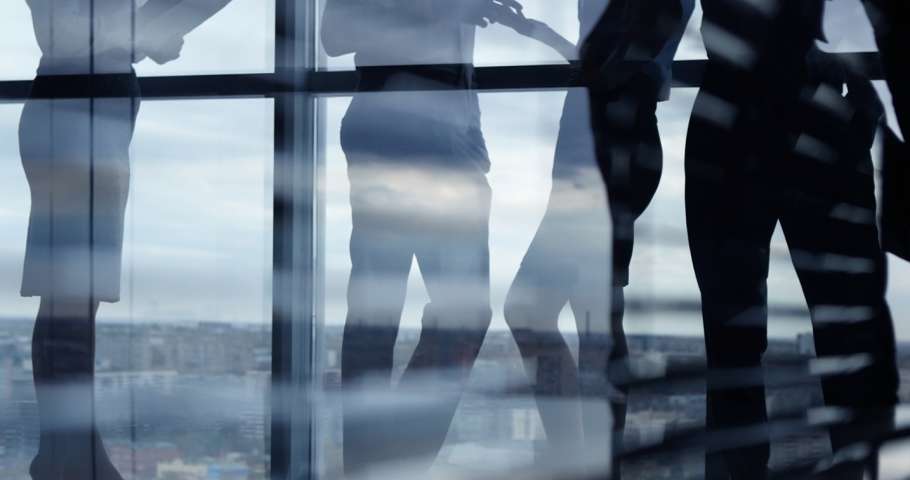The article is from Sarita Bhakuni, Psy.D., and Kimberly Jarvis, Ed.D.
What happens when you go to sleep in one world and wake up in another?
In what feels like a significant and dramatic shift, our illusion of safety has shattered. Activities such as taking a walk through the park, hugging our neighbors and spontaneously meeting for coffee have been paused in the spirit of reaching a collaborative health goal.
If we pay attention to how everyone is metabolizing current events, we can learn a great deal about how people show up in crisis, influence and lead others in their day-to-day work. We all have opinions about what is the most important thing to pay attention to as we navigate these unchartered waters, and truth be told, there are gems in many perspectives. As we think about what anchors us to strive in the worst of circumstances, there are a number of things to consider. What makes some leaders strive and others stumble during a crisis?
A New Model for Success
In addition to planning physical workspace changes and the logistics of phasing in employees, leaders should also prepare themselves to navigate the more complex issues of their employees’ sense of psychological safety. Doing so requires a practical dialogue around understanding both the way they show up as a leader and what matters most to their colleagues and direct reports. We propose a three-pronged model to help us think about success in this realm:
1. Reality-testing
At the base of the equilateral triangle is our reality-testing: How do we know that what we are learning is real and true? We’ve heard enough about fake news, but whose “BS detector” actually works? If, during a crisis, you can stay calm enough to establish a vision that differentiates what is real from what is imagined, then you are already a step ahead.
We rely on our imagination and creativity to innovate, but in the current situation, catastrophizing does not help us; in fact, it can be harmful. If we let ourselves go down the rabbit hole of helplessness, our ability to spring to action will be dulled by a sense of impending doom. When we focus on the facts, including what we know and what we understand to be true, we can build a solid foundation upon which we can examine the other sides of the triangle.
2. Self-awareness
At the right-hand side of reality testing is our self-awareness — the marinade for every filter we use to metabolize our understanding of ourselves in the world. Self-awareness is largely driven by empathy, or how we put ourselves inside other people’s experiences, and influence, or how we persuade people to see the world through our experience and perspective. With the confluence of those two elements of behavior, we can hope that consideration, compassion and competence have equal seating in our vision of ourselves.
In the absence of empathy, there is little emotional intelligence (EQ) to lead or connect with people. When we are too hungry to influence, we forget that people are built of free will and that without buy-in, people will carve their own paths. Experts in the study of emotional intelligence speak about self-awareness as the keystone to being an emotionally intelligent leader who makes a significant impact, not just on day-to-day but on what becomes sustainable during times of change.
3. Stress Tolerance and Managing Ambiguity
The final side of the triangle is governed by our stress tolerance and ability to manage ambiguity without surrendering to it, cracking or loading our unhealthy behaviors as the new normal. Our current situation is driving everyone to ask the million-dollar questions: When will things return to “normal,” and where do we go from here?
People with a combination of grit, tenacity and the patience to pause can allow for the disruption of current beliefs about the best way forward. People who can tolerate ambiguity understand that there aren’t solid answers to many of our questions. We have to lean into the uncomfortable space of the unknown, hope that there are opportunities to learn and meet parts of ourselves that have been buried in an emergency kit we may have no experience using.
As our self-awareness integrates with our ability to manage stress and ambiguity, our message to ourselves is one of security, containment and hope. When we strive to move forward, we are leaning on what we know of the world, what we know of ourselves and others, and how we believe that knowledge will impact our lives and the lives of the people around us.
This model also reminds us of the importance of the company we keep. When we surround ourselves with people who tend to be solid in their grasp of reality and have a future-focused, optimistic perspective, it buoys us. On the other hand, we understand that a frenetic, negative behavior and perspective is contagious, and when we spend time with people who are convinced that the world is ending, we may start losing sleep.




